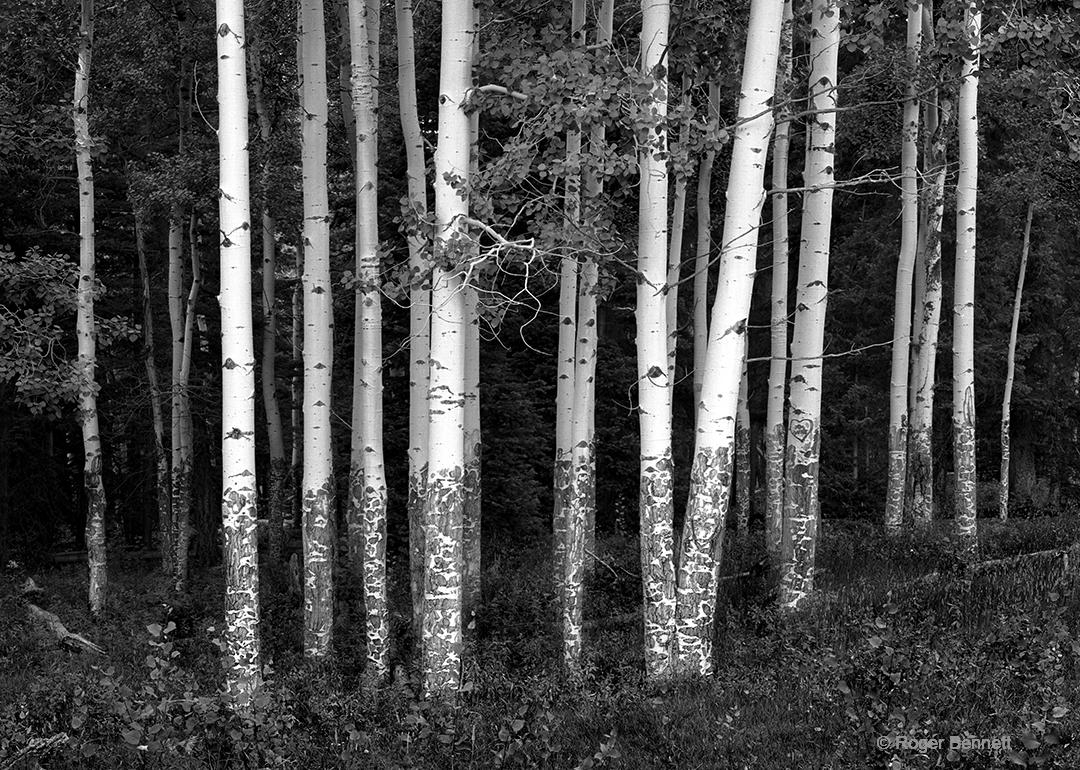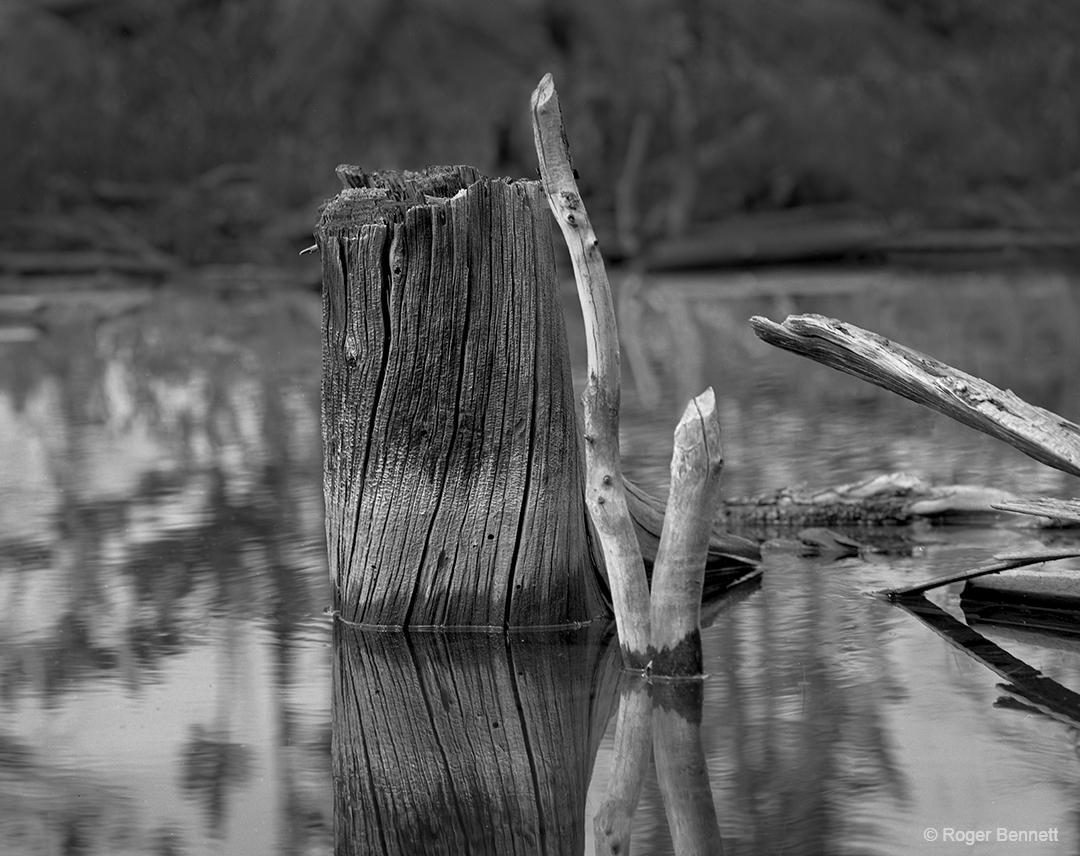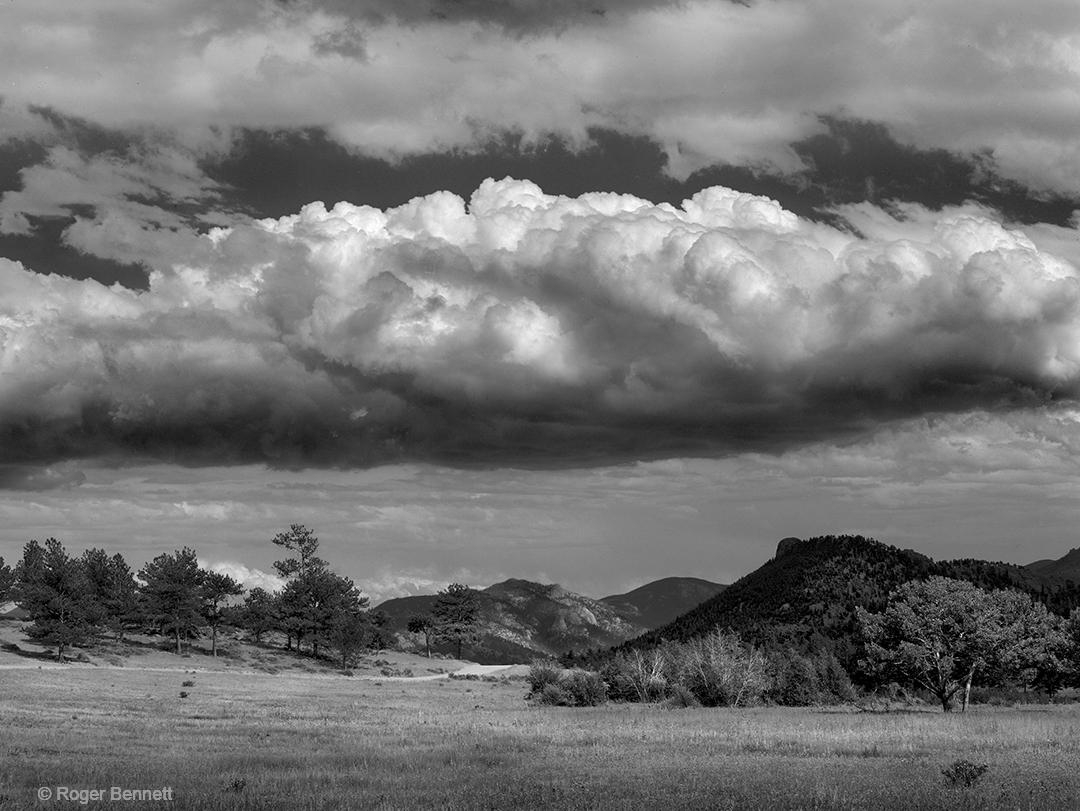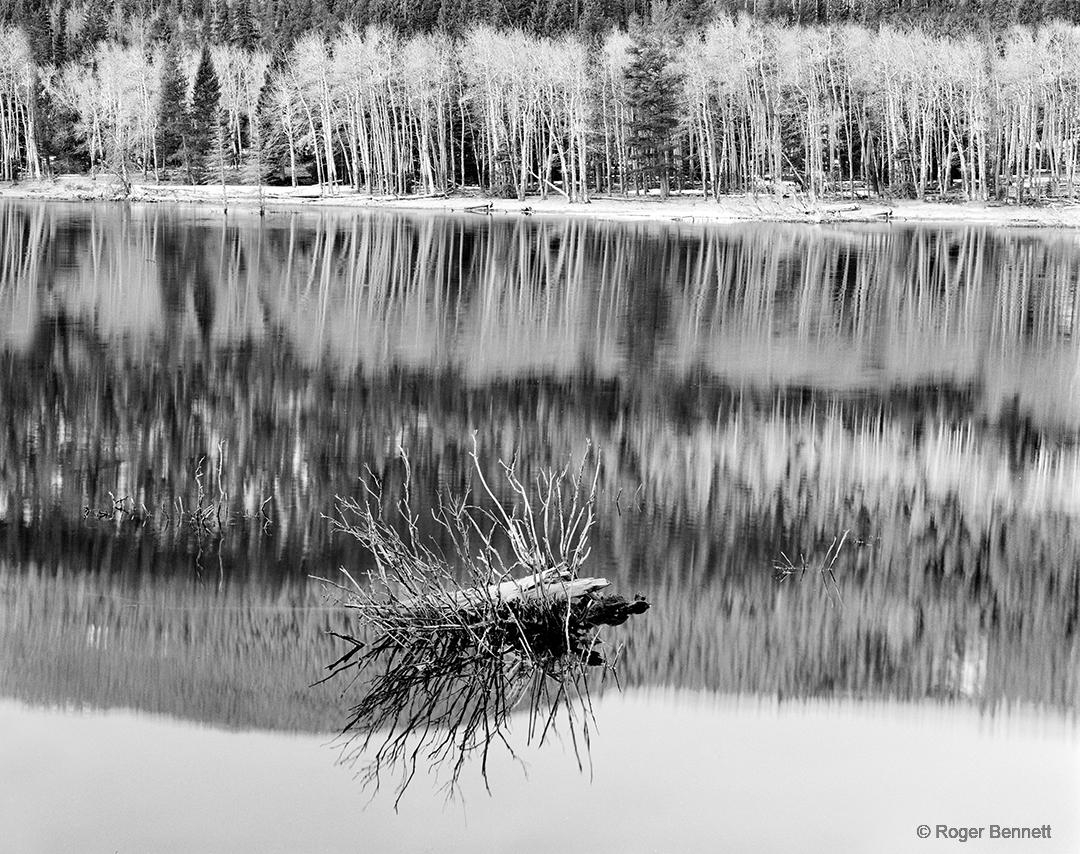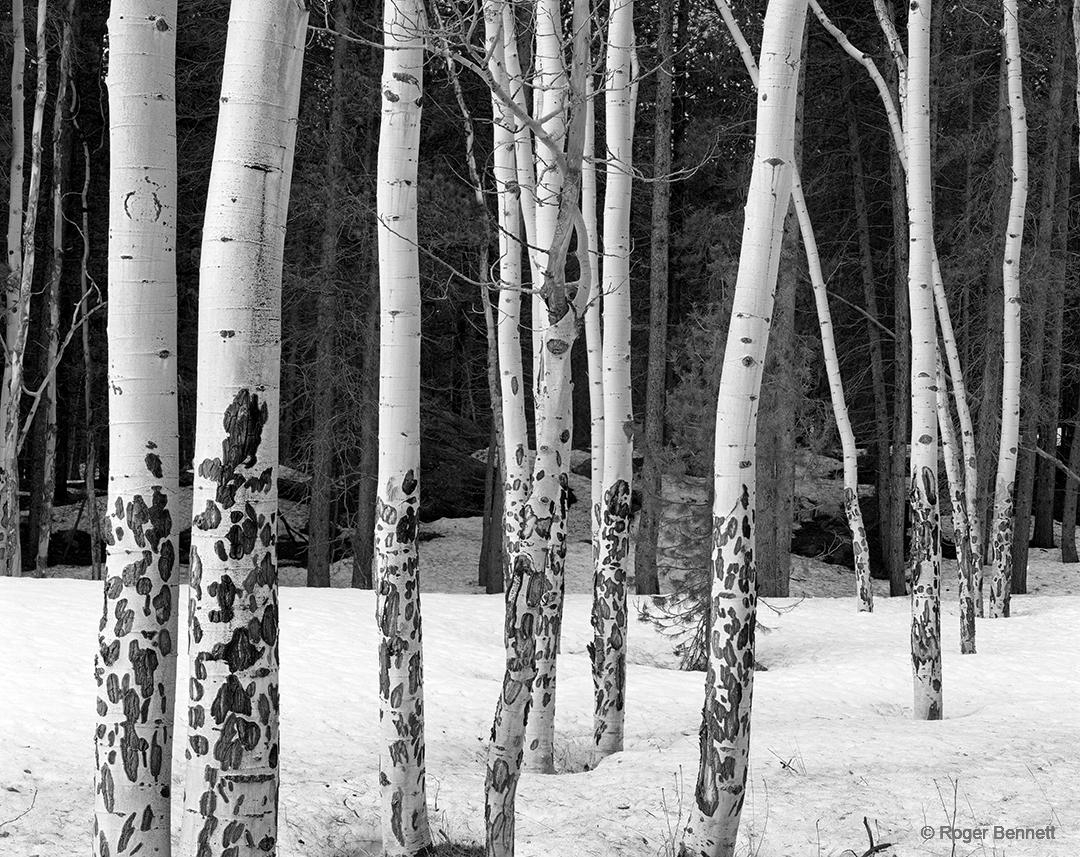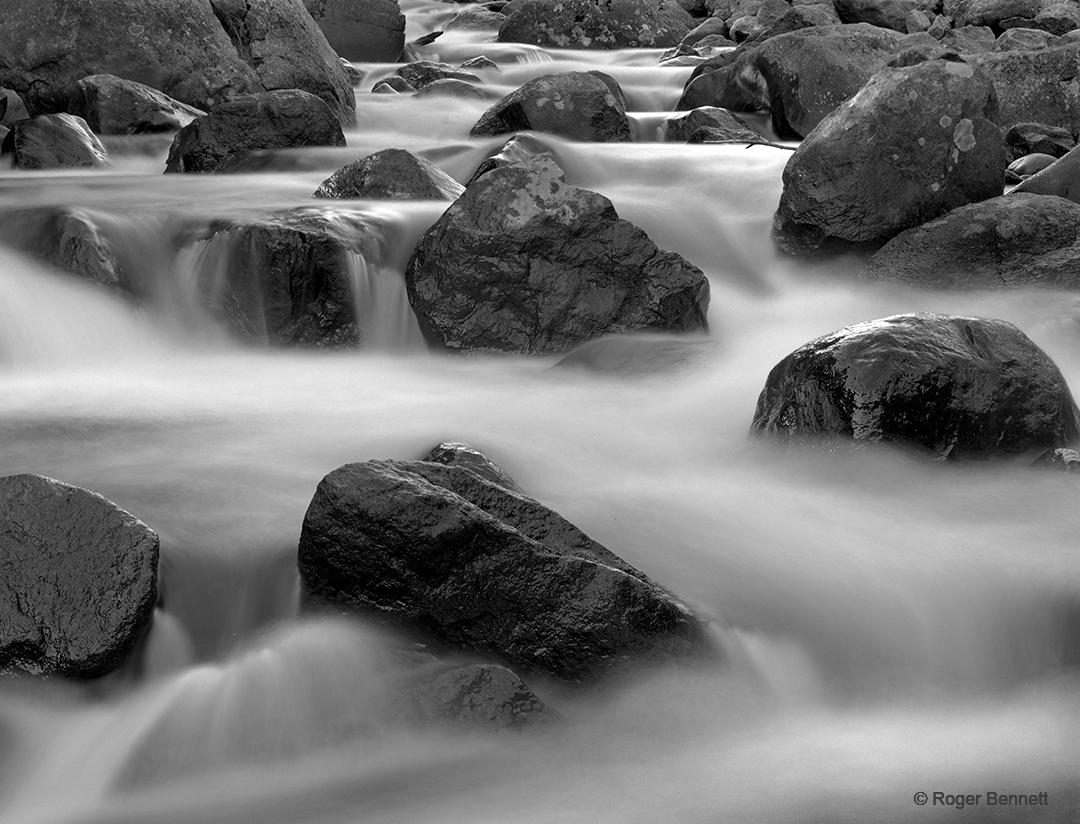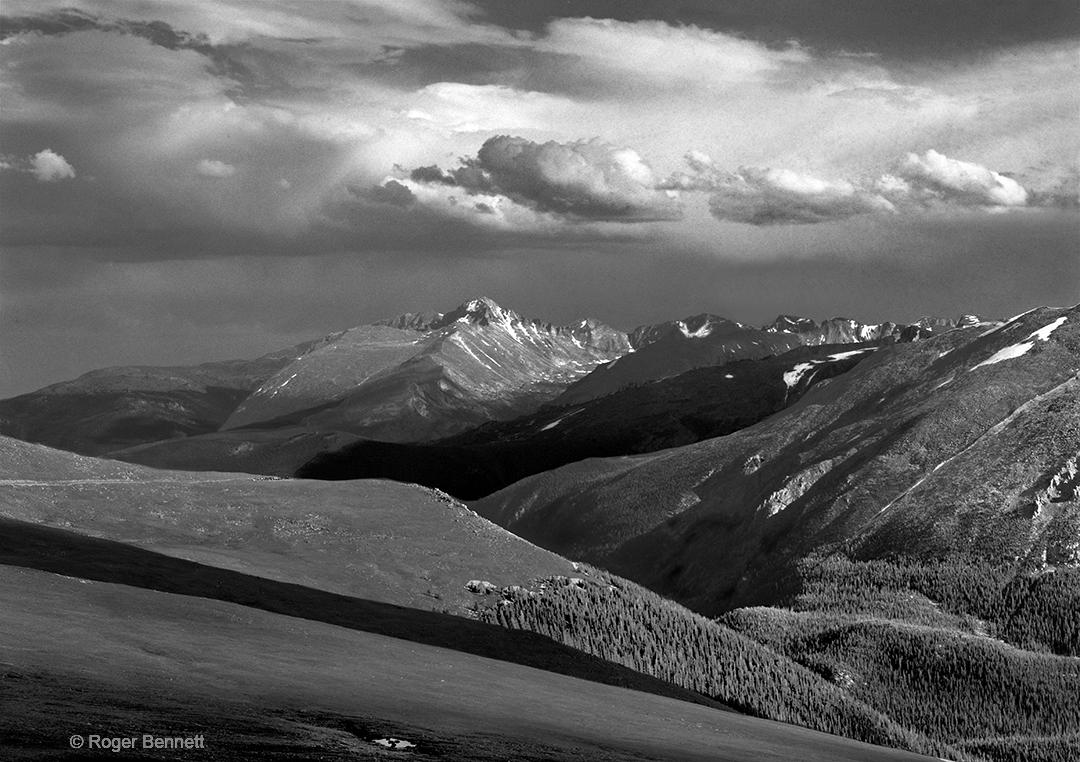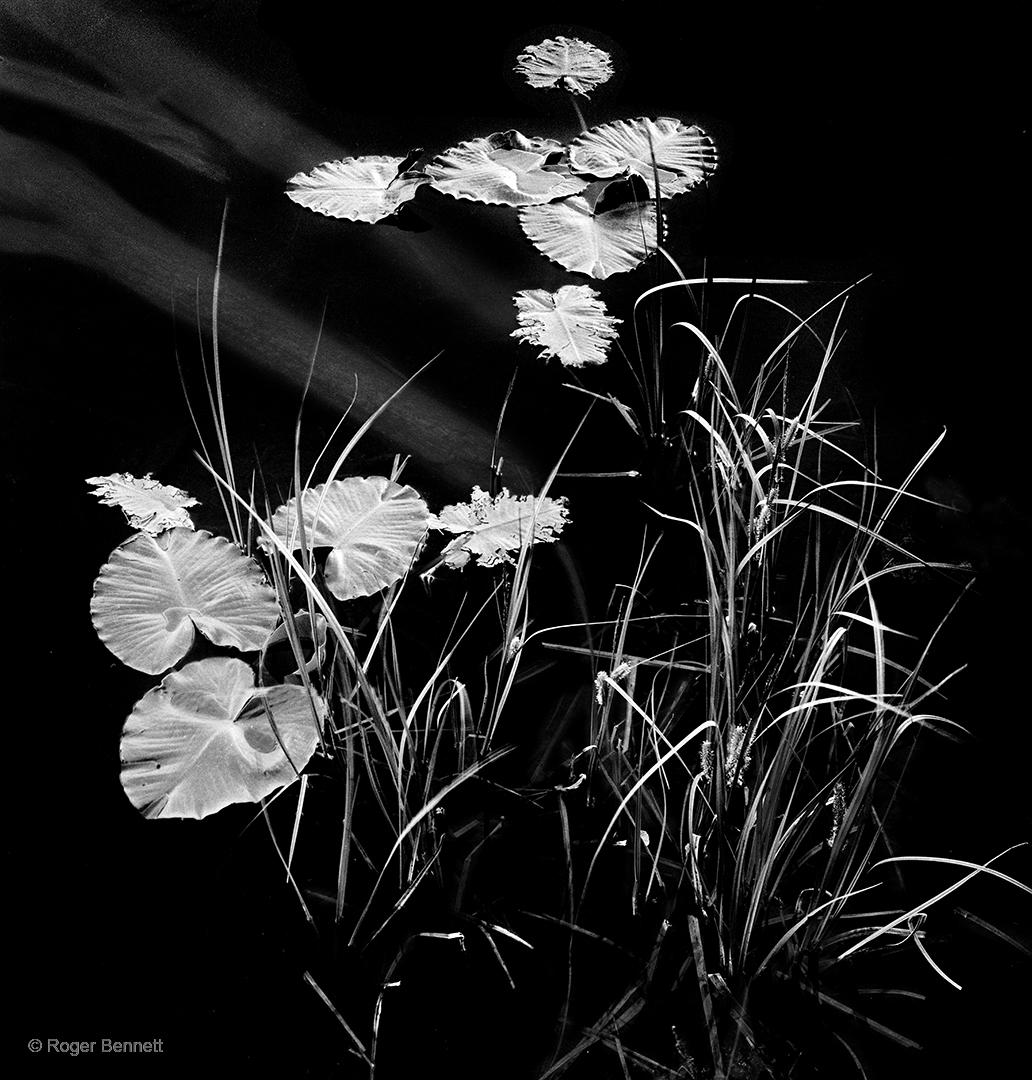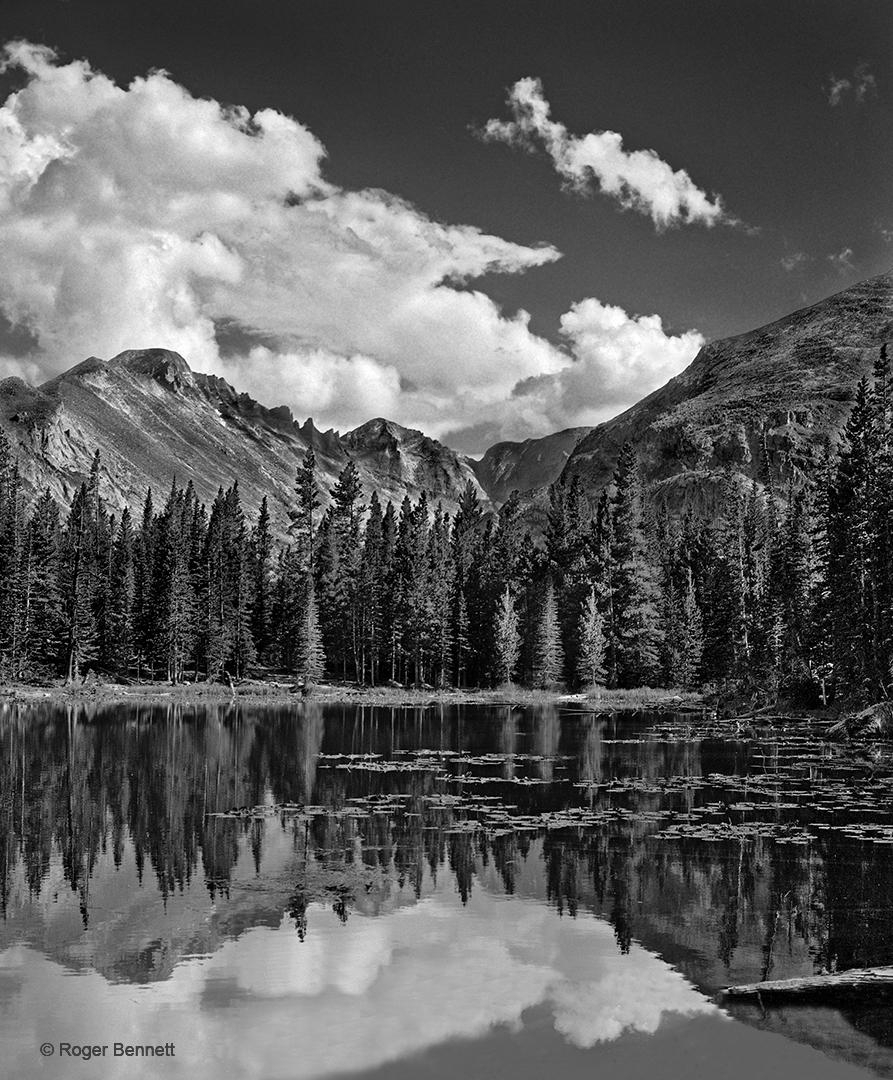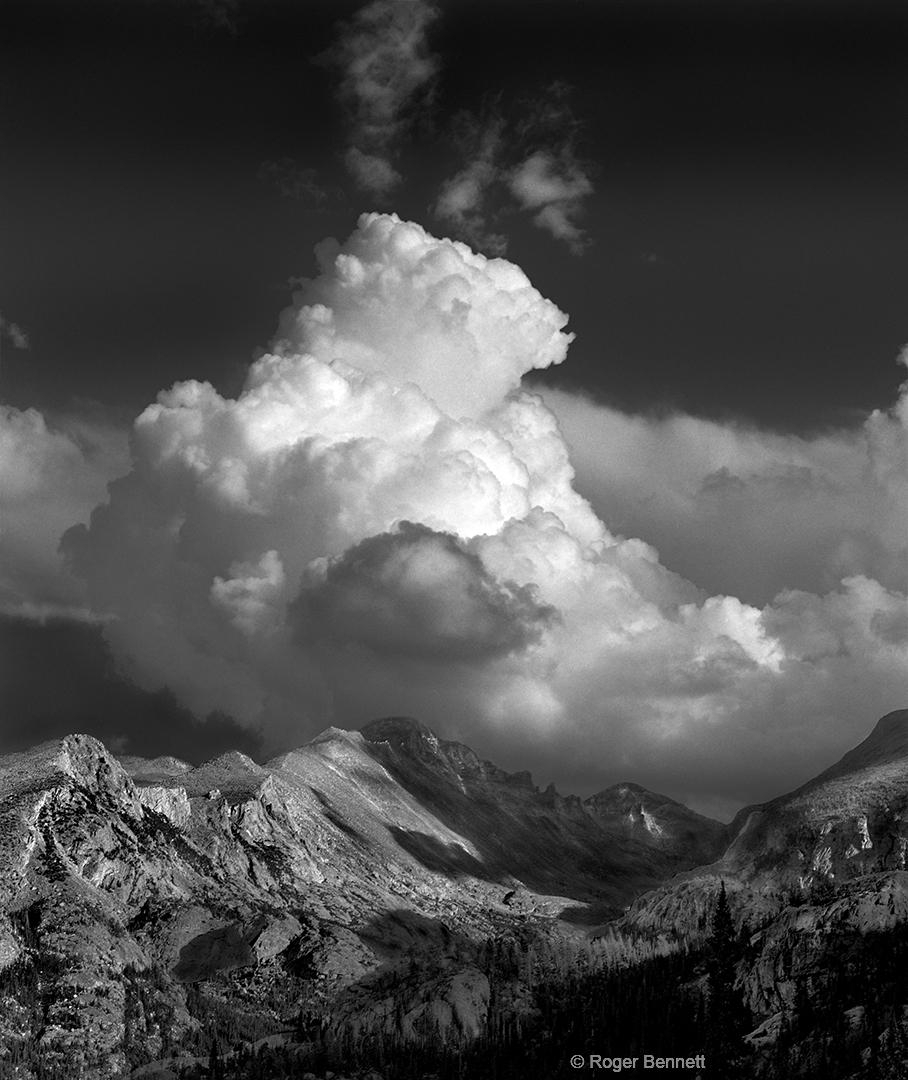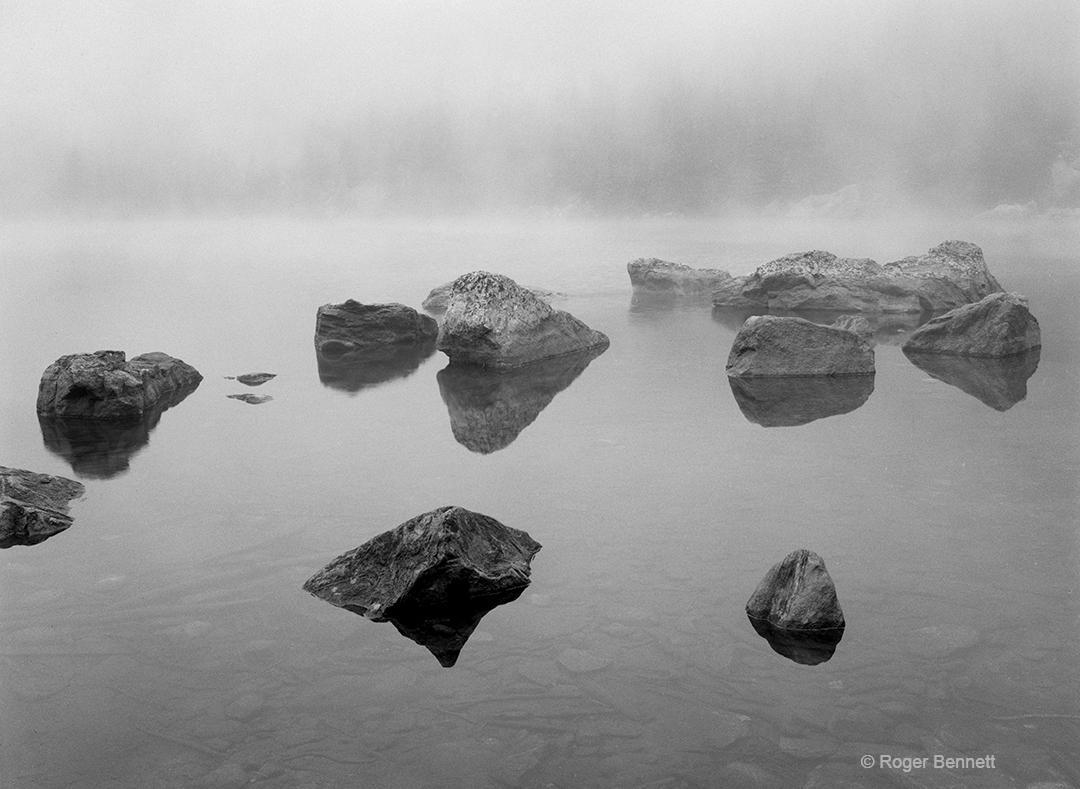Rocky Mountain National Park Portfolio
Click on an image below to bring up full size image.
Rocky Mountain National Park
I initially came to photograph Rocky Mountain National Park because I attended a conference in Denver every August, heard there was a really great national park nearby, and that it only took about 1 1/2 hours to drive there. I would fly into Denver on Saturday morning and quickly drive up to the park, get a campsite and then photograph for the rest of the weekend. I would then drive back to Denver on Monday night for the conference that began on Tuesday morning. I must have done that 4-5 times.
One time I was going to sleep in the front seat of my small rental car at the campground, because I had not brought a tent. I was sitting crunched up in the front seat of the compact car (I’m 6’4”) when the people in the campsite next to mine offered to let me sleep in their large camper-trailer, while they slept in their tent! I was amazed that people could be so kind. I think that being in a beautiful place in nature brings out the best in us - or maybe this was just mid-western compassion.
Rocky Mountain National Park is just gorgeous. It has everything you could ask for to photograph: majestic mountain peaks, tree-lined lakes, glaciers, meadows, and, of course, stunning aspen groves. And in August, the afternoons almost always feature a thunderstorm, making the sky as monumental as the mountains below them.
I photographed the aspen groves in spring (with snow on the ground) and summer, at sunset. The long exposures at sunset cause a film reaction called the “reciprocity effect”, where the low values are underexposed more than the high values, increasing the negative contrast. As a result, the whites of the aspen trees seem to glow ("Aspens in Evening Summer Glow").
On one trip I got to Bear Lake early enough to still have a morning fog hanging low to the water, but you could still see the boulders near the shore ("Rocks Reflections in Bear Lake"). The rocks seem to hang in mid-air, and the water is so clear that you can see the bottom of the lake in the foreground.
One time I was going to sleep in the front seat of my small rental car at the campground, because I had not brought a tent. I was sitting crunched up in the front seat of the compact car (I’m 6’4”) when the people in the campsite next to mine offered to let me sleep in their large camper-trailer, while they slept in their tent! I was amazed that people could be so kind. I think that being in a beautiful place in nature brings out the best in us - or maybe this was just mid-western compassion.
Rocky Mountain National Park is just gorgeous. It has everything you could ask for to photograph: majestic mountain peaks, tree-lined lakes, glaciers, meadows, and, of course, stunning aspen groves. And in August, the afternoons almost always feature a thunderstorm, making the sky as monumental as the mountains below them.
I photographed the aspen groves in spring (with snow on the ground) and summer, at sunset. The long exposures at sunset cause a film reaction called the “reciprocity effect”, where the low values are underexposed more than the high values, increasing the negative contrast. As a result, the whites of the aspen trees seem to glow ("Aspens in Evening Summer Glow").
On one trip I got to Bear Lake early enough to still have a morning fog hanging low to the water, but you could still see the boulders near the shore ("Rocks Reflections in Bear Lake"). The rocks seem to hang in mid-air, and the water is so clear that you can see the bottom of the lake in the foreground.


